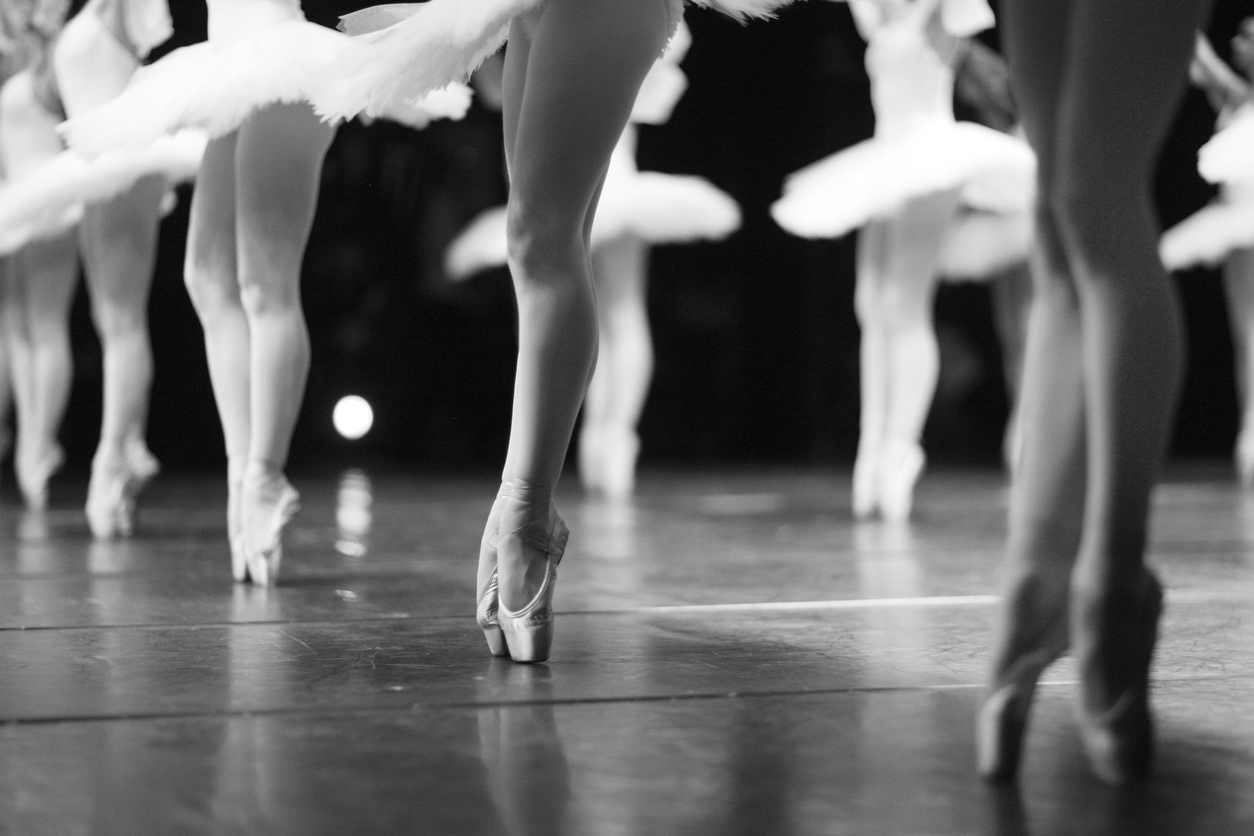For centuries, pointe shoes have helped ballerinas appear elongated and elevated while executing jumps, twirls and toe balancing. So, how did these delicate shoes become part of ballet? Where were they invented? Below, we explore the origins of these graceful slippers and how they changed through the ages.
15th and 16th Centuries
Ballet began in the royal courts of the Italian Renaissance during the 15th and 16th centuries. The dance was enjoyed by society elite because of its sweeping movements and elegance. King Louis XIV caught onto the trend and fell in love with its art form, ordering the founding of France’s Academie Royale de Danse, the predecessor of the famed Paris Opera Ballet.
18th Century
In the middle of the 18th century, Marie Camargo first wore non-heeled shoes for her Paris Opera Ballet performances. The flat-bottomed shoes enabled dancers to jump and leap as never before. But dancers wanted to look lighter than air and elongated. To help them jump higher than ever and stay “en pointe” on the tips of their toes, Charles Didelot invented a “flying machine” in 1795. This rope and pulley system wowed audiences and enabled dancers to develop the art of “pointework.”
19th Century
The focus of 19th-century ballet was the strict development of technical skills. Dancers sought to dance wire-free, without the aid of Didelot’s contraption. In 1832, Marie Taglioni first danced La Sylphide en pointe. But her special shoes to perform this dance were simply modified satin slippers adjusted at the sides and toes to hold them in a point shape.
At the end of the 19th century, dancers started wearing specially-crafted slippers with a flattened platform at the toe. The box of the toe held multiple layers of fabric for positioning the toes. These pointe shoes also featured a stiffened sole.
20th Century
The true pointe shoe, as we know it today, was invented in the 20th century. Russian ballerina Anna Pavlova was highly influential in the art scene at that time. Her slender feet featured tapered toes with very high arches at the insteps. She needed extra arch support to perform at her best, so she added sturdy leather soles to her shoes. She also formed a box at the toes by flattening and hardening the tips of each shoe. In essence, her shoe style is what professional ballerinas still wear today.

Elements of the Pointe Ballet Shoe
Each pointe ballet shoe features a toe box that supports and encases the dancer’s toes, just as Anna Pavlova created for herself. These boxes are still made of fabric and paper or rubber with plastic. The materials form a stiff enclosure that leads to a flattened platform on which point is achieved.
Each shoe also features two ribbons and an elastic band. These secure the slipper to the foot, with the ribbons wrapping and overlapping at the ankle. Ballerinas tie the ribbons in a knot and tuck the loose ends under for an elegant appearance.
The shank of pointe ballet shoes provides support at the foot arch. This section is crafted of leather, cardstock or plastic. Soles are usually made of leather glued and stitched in place. To hide all of this structure, the shoes traditionally feature a pretty light pink fabric cover.
Ballet dancers go to great lengths to make their pointe ballet shoes more comfortable. This includes wearing lambswool around their toes, wrapping toes with tape, spacing toes with gel inserts and using toe pads.
Remarkably, the work of pointe shoes makes them short-lived. Dancers typically need a new pair for every 10 to 20 hours of use.